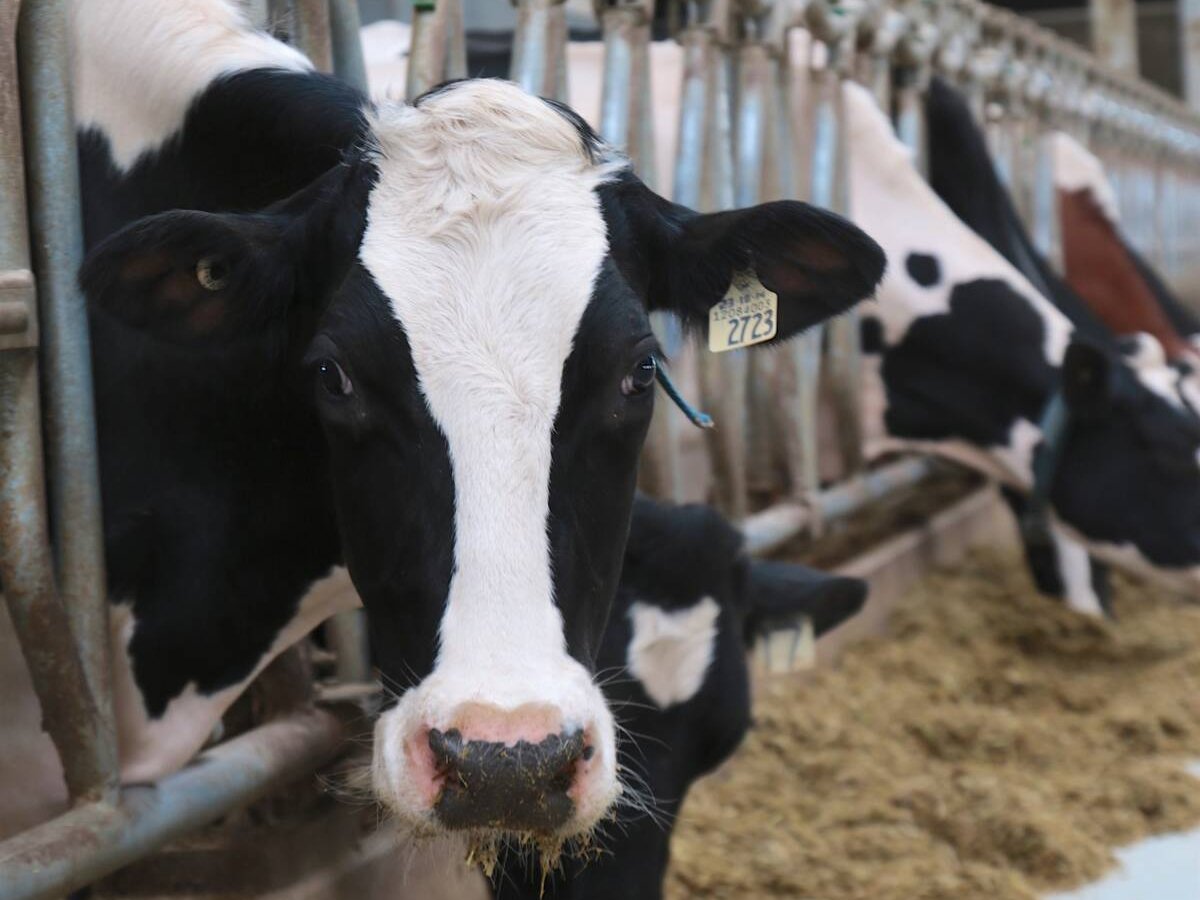WINNIPEG – Last week’s Statistics Canada report suggests there’s going to be a whopping crop of canola for sale this winter.
But do traders anticipate any problem disposing of what could amount to 7.2 million tonnes, production nearly double the five-year average?
Nope.
“Canada cannot produce enough canola for the world, pure and simple,” said Errol Anderson of Palliser Commodity Corp. in Calgary.
It’s a feeling echoed throughout the trade.
“There is going to be record demand next year,” said Rob Dzisiak, a trader with Benson Quinn Commodities Ltd.
Read Also

The Organization for Economic Co-operation and Development lauds Canada’s low farm subsidies, criticizes supply management
The Organization for Economic Co-operation and Development lauded Canada’s low farm subsidies, criticized supply management in its global survey of farm support programs.
Dzisiak is projecting a usage of 5.8 million tonnes based on exports of one million tonnes to Europe, another 600,000 tonnes to Mexico, in addition to 1.8 million tonnes earmarked for Japan.
He estimates domestic crushers can squeeze another 150,000 tonnes of capacity out of their plants to process 2.3 million tonnes.
At what price is another question.
New-crop canola prices tumbled in trade at the Winnipeg Commodity Exchange in the days following the report’s release. November canola settled down the $10 limit at $364.80 in Monday’s trade.
Traders said the Statistics Canada report combined with a bearish USDA acreage report and good weather forecasts will drive prices down on both sides of the border.
Keith Ferley, of XCAN Grain Pool Ltd., said recent market rallies have been based on fear of drought affecting the pollination of corn in the U.S. But last week it rained, and the searing temperatures were forecast to return to near normal.
“The dome of death didn’t develop,” he said.
Ferley said traders are paying closer attention this year to how the Japanese yen performs on world markets. It’s currently strong, but if the yen starts to slide in value, canola prices will follow.
Trade estimates say November canola prices will stabilize in the $340 to $360 range. And many expect them to rally later in the season.
“I think November canola is going to challenge $400 again, but I have no idea when,” said Anderson.
The weather over the summer will be a heavy influence on price direction, said Dzisiak: “Fundamentally, we’ve got some downside, if this crop comes off.”
Traders also hedge their guesses on whether Canada’s grain handling and transportation system will be able to handle another surge in exports.














